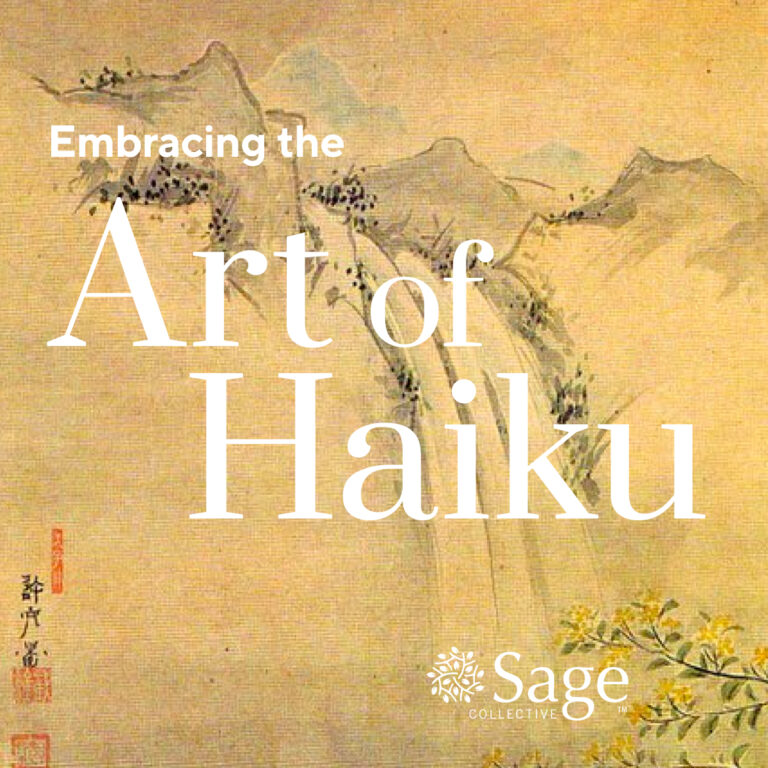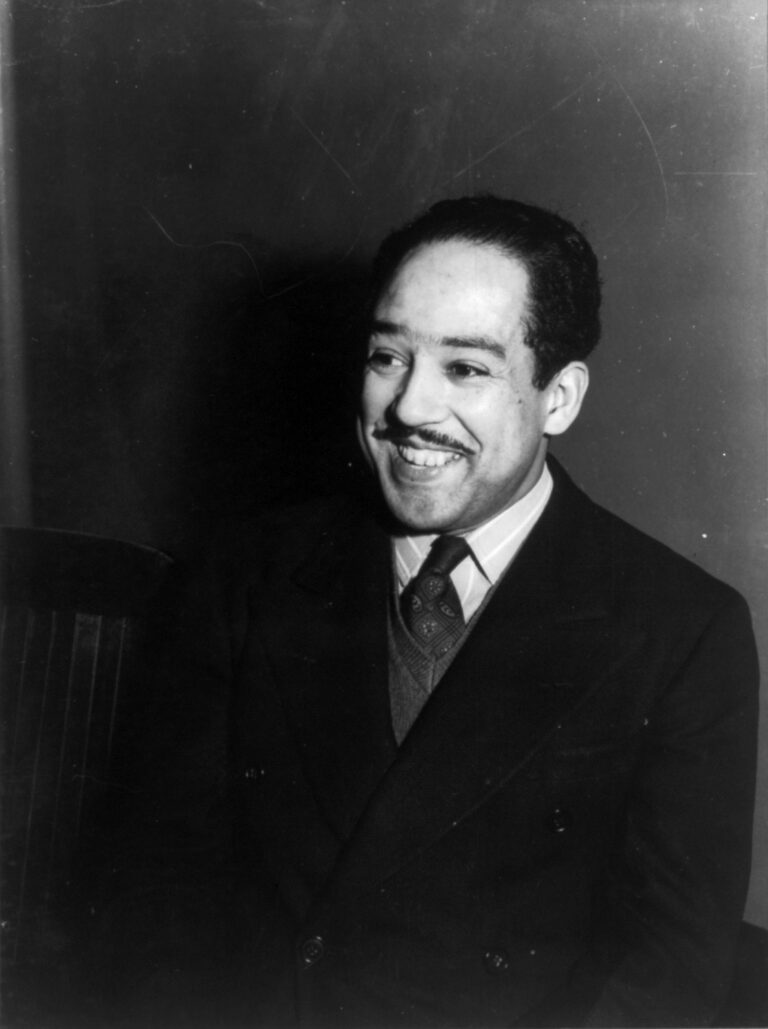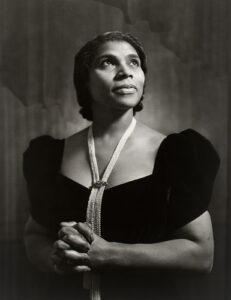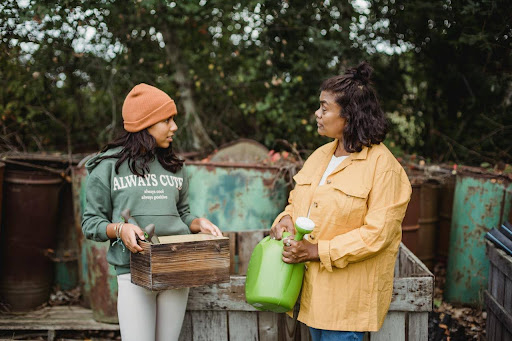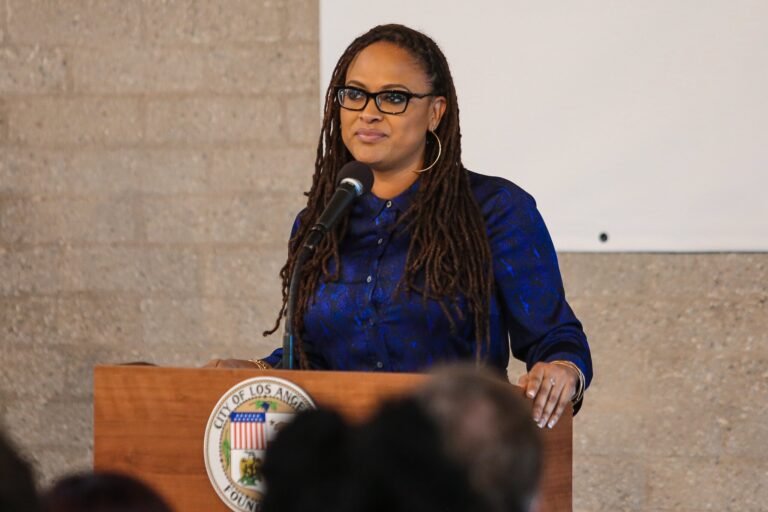Embracing the Art Haiku: A Window into Mindfulness and Creativity
At Sage Collective, we appreciate the power of expression in its many forms, and one of the most enchanting and accessible forms of poetic expression is haiku. Originating in Japan in the 17th century, haiku is a brief, structured form of poetry that offers a window into the world of mindfulness, simplicity, and the beauty of the present moment.
The Essence of Haiku
Traditional haiku is a three-line poem with a 5-7-5 syllable structure, often focusing on images from nature and emphasizing clarity, intensity, and directness of expression. This poetic form is more than just a set of rules; it’s an invitation to pause and observe the world around us, to capture a fleeting moment in a few simple words.
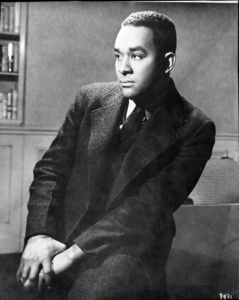
Contemporary haiku, while still rooted in the traditional form and essence of Japanese haiku, often explores a broader range of themes beyond the natural world, including urban life, human emotions, and social commentary. In fact, one of the greatest practitioners of contemporary haiku was the legendary novelist and short story writer, Richard Wright. In the last two years of his life, Wright, best known for seminal works like Native Son (1940) and his autobiography, Black Boy (1945), turned his artistic expression to the haiku form, writing nearly 4,000 poems. A magnificent collection of 817 of Wright’s haiku was published in 1998 entitled, Haiku: The Other World.
These contemporary haikus reflect the evolution of the form, embracing a wide array of subjects and emotions while maintaining the essence of haiku — capturing a moment, feeling, or thought with depth and clarity. Wright’s works honor the tradition by conveying powerful images and insights in just a few words, demonstrating the enduring appeal and adaptability of haiku poetry.
Haiku as a Mindful, Creative Exercise
For us, especially as we embrace the golden years, writing haiku can be a meditative and insightful practice. It encourages us to slow down and notice the small details of our environment — the dew on a leaf, the play of light and shadow, or the quiet stillness of the early morning. In focusing on these details, we engage in mindfulness, which can enhance our mental clarity and emotional balance.
Despite its apparent simplicity, crafting a haiku can be a delightful creative challenge. It pushes us to distill our thoughts and feelings into their purest form, to find the essence of an experience or emotion in just a few words. This creative process can be incredibly rewarding, offering a sense of accomplishment and joy in our ability to capture the beauty of the ordinary.
Sharing and Connecting Through Haiku
Haiku writing can also be a means of connecting with others. Sharing our haiku with friends, family, or within a community group can spark conversations, forge bonds, and offer insights into each other’s perspectives. It’s a way to communicate deeply felt experiences in a concise and poignant manner.
Embarking on the journey of writing haiku is simple:
- Start by observing your surroundings or reflecting on a recent experience.
- Focus on sensory details and the emotions they evoke.
- Experiment with the 5-7-5 syllable structure, but don’t feel bound by it. The essence of haiku lies in capturing a moment or feeling.
Embracing the Art of Haiku
In the art of writing haiku, we find a blend of mindfulness, creativity, and connection. As a form of expression accessible to everyone, it holds a special place in the world of poetry. We encourage you to try your hand at this beautiful, contemplative practice and discover the joy and tranquility it can bring into your life.
